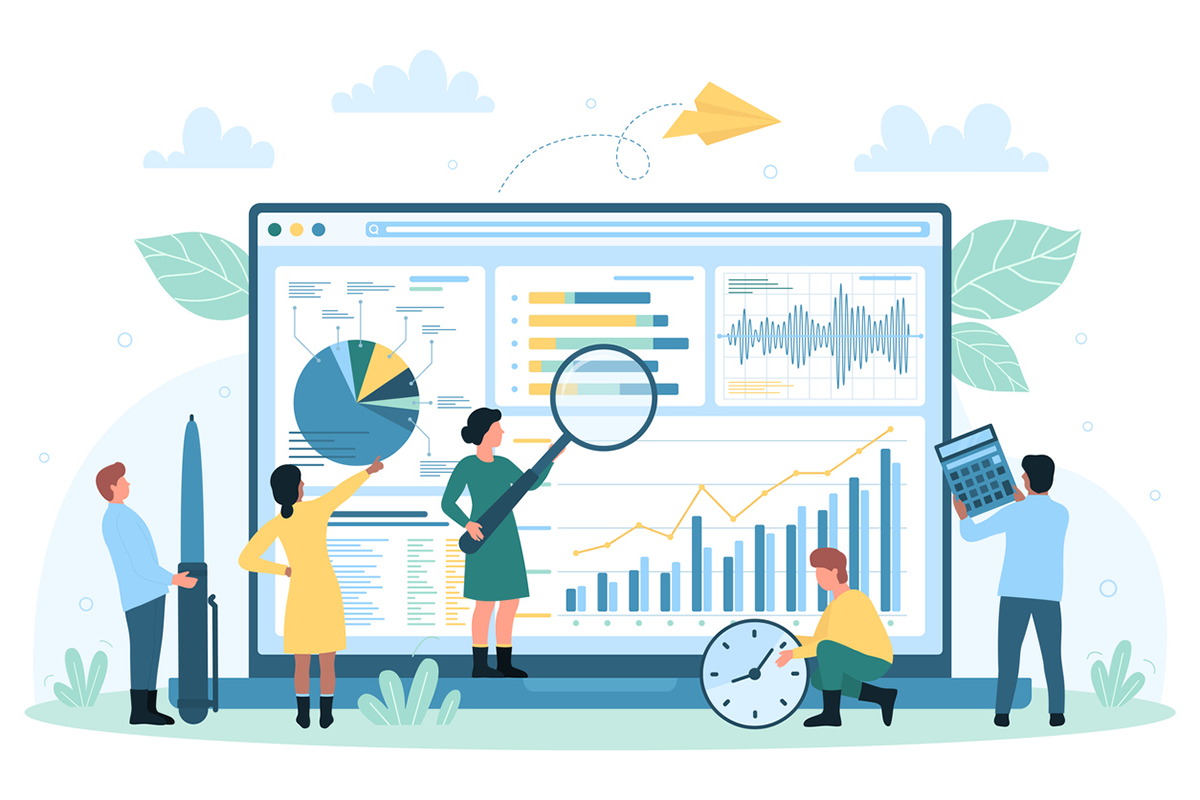
“Companies need to have the necessary data foundations, data ecosystems, and data culture to embrace an AI-driven operating model,” says Akhilesh Ayer, executive vice president and global head of AI, analytics, data, and research practice at WNS Triange, a unit of business process management company WNS Global Services.
A unified data ecosystem
Embracing an AI-driven operating model requires companies to make data the foundation of their business. Business leaders need to ensure “every decision-making process is data-driven, so that individual judgment-based decisions are minimized,” says Ayer. This makes real-time data collection essential. “For example, if I’m doing fraud analytics for a bank, I need real-time data of a transaction,” explains Ayer. “Therefore, the technology team will have to enable real-time data collection for that to happen.”
Real-time data is just one element of a unified data ecosystem. Ayer says an all-round approach is necessary. Companies need clear direction from senior management; well-defined control of data assets; cultural and behavioral changes; and the ability to identify the right business use cases and assess the impact they’ll create.
Aligning business goals with data initiatives
An AI-driven data strategy will only boost competitiveness if it underpins primary business goals. Ayer says companies must determine their business goals before deciding what to do with data.
One way to start, Ayer explains, is a data-and-AI maturity audit or a planning exercise to determine whether an enterprise needs a data product roadmap. This can determine if a business needs to “re-architect the way data is organized or implement a data modernization initiative,” he says.
The demand for personalization, convenience, and ease in the customer experience is a central and differentiating factor. How businesses use customer data is particularly important for maintaining a competitive advantage, and can fundamentally transform business operations.
Ayer cites WNS Triange’s work with a retail client as an example of how evolving customer expectations drive businesses to make better use of data. The retailer wanted greater value from multiple data assets to improve customer experience. In a data triangulation exercise while modernizing the company’s data with cloud and AI, WNS Triange created a unified data store with personalization models to increase return on investment and reduce marketing spend. “Greater internal alignment of data is just one way companies can directly benefit and offer an improved customer experience,” says Ayer.
Weeding out silos
Regardless of an organization’s data ambitions, few manage to thrive without clear and effective communication. Modern data practices have process flows or application programming interfaces that enable reliable, consistent communication between departments to ensure secure and seamless data-sharing, says Ayer.
